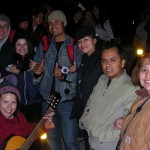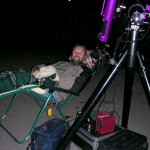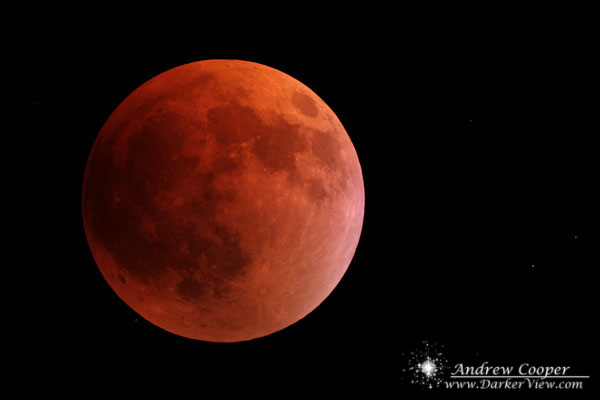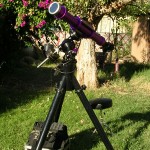Plans for a summit run and some lunar eclipse photography. A midnight alarm clock and departure for the summit was the strategy. I planned to shoot time lapse of the eclipse setting over the Keck telescopes. But the best laid plans sometimes hit a snag…
I had noticed some minor power loss and roughness in the engine heading into work. Some condensation in the system? Perhaps just some bad gas? It was on the way home that the trouble became truly clear. A rhythmic stutter accompanied by a more severe power loss. As I limped home listening to the engine I realized that at least one cylinder of the six was not firing. A faint smell of gas when I got out of the vehicle just seemed to confirm the hypothesis.
That evening I spent a bit poking at the engine, inspecting for a loose connection or some other easy cause. I removed and cleaned the mass air sensor, a known trouble spot. Checked the air intake and ignition system. Removed battery power to allow the electronic engine controls a full reset to default settings. Still, when I started it up there was that rhythmic stutter.
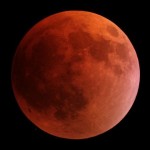
Instead I simply set the alarm clock for a bit before totality and watched the eclipse from my front lanai. I made no attempt at photography, I do have quite a few decent eclipse photos. Instead I simply watched as the Moon ghosted through a thin layer of clouds. It was quite pretty, a bright Orion and Gemini were visible through an opening for a while. Much of mid totality was lost to the clouds, but it opened up again at the end allowing a nice view of the first touch of direct sunlight on the Moon.
As for the vehicle? I still was not certain what was the issue. This could be the result of something truly serious considering the engine has well over 180,000 miles on it. Plans for a replacement vehicle are under consideration, but I love this old truck. The first new vehicle I had ever owned, a veteran of hot dusty Arizona mining roads, of icy mountain passes, of rocky Hawaiian coastlines carrying scuba gear in the back. How many times has this vehicle waited through the night, telescope setup beside it, while I explored the sky from some remote and dark campsite? A trusted steed that has carried me to so many great places and always gotten me home.
The maintenance manual has a list of a dozen things that can cause misfires. May as well start with the easy (and cheap) stuff. I drove Deb’s car into Waimea to run a few errands and pick up a set of ignition cables and spark plugs.
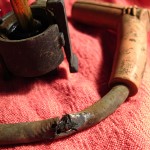
That would be almost two hours later, two hours of cursing the engine designers who would obviously not ever have to replace the plugs on this engine. Who puts a hard fuel line right in line with the spark plugs? I go back to the toolbox for the 3/8″ universal joint and spend a few minutes figuring out what combination of extensions will get me through which gap in the hoses and lines. Really? Is cylinder three’s plug under there? I will have to do it entirely by feel.
Finally! All plugs in place, cables neatly routed around the block, tools picked up from around the engine compartment, I have a chance to turn her over. A quick crank and she starts, idling with a smooth purr that is simply music to my ears. My old friend will be with me for a little longer.
This was the last total lunar eclipse for the next three years. I did watch it, remembering other total lunar eclipses across the years. An eclipse seen from among a stand of saguaro cacti in the Arizona desert, another eclipse watched from the Mauna Kea VIS just a couple years ago. A copper moon high over the broken walls and ruins of a 12th century priory. This eclipse will mark yet another memory, to be recalled when I again sit under a blood red Moon in the middle of the night.

